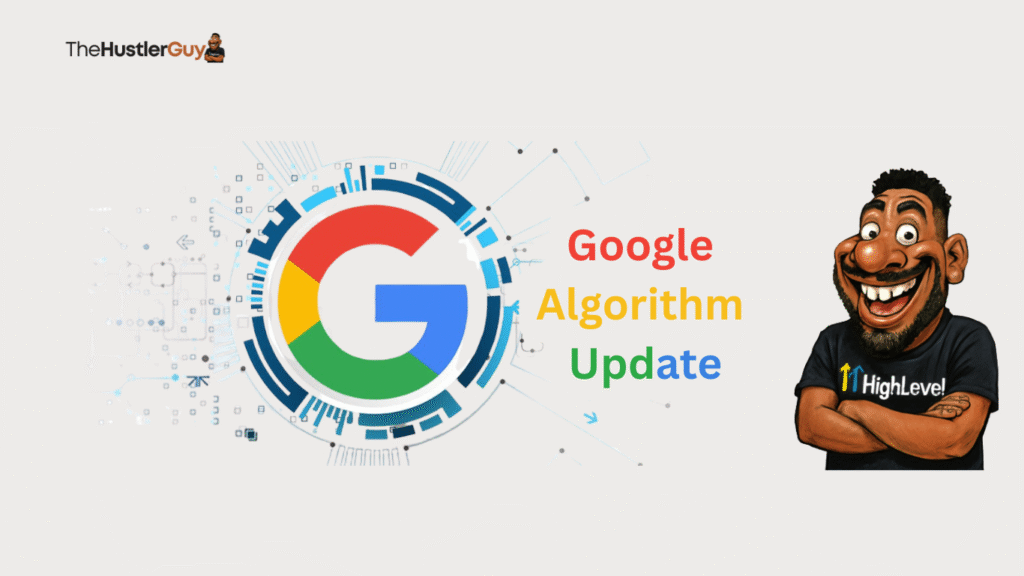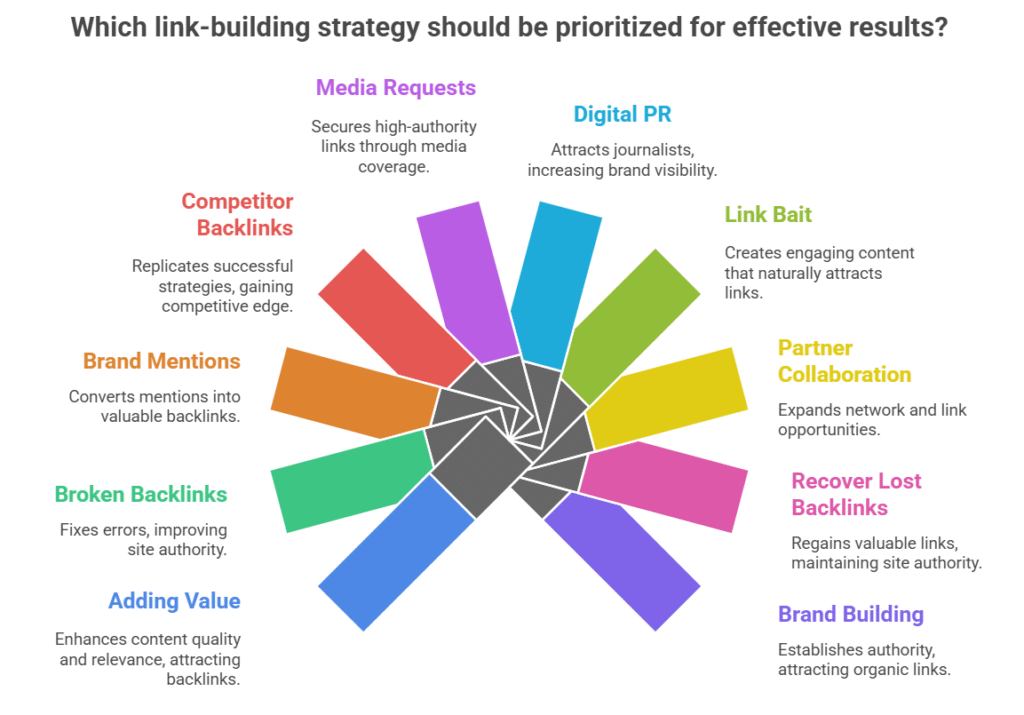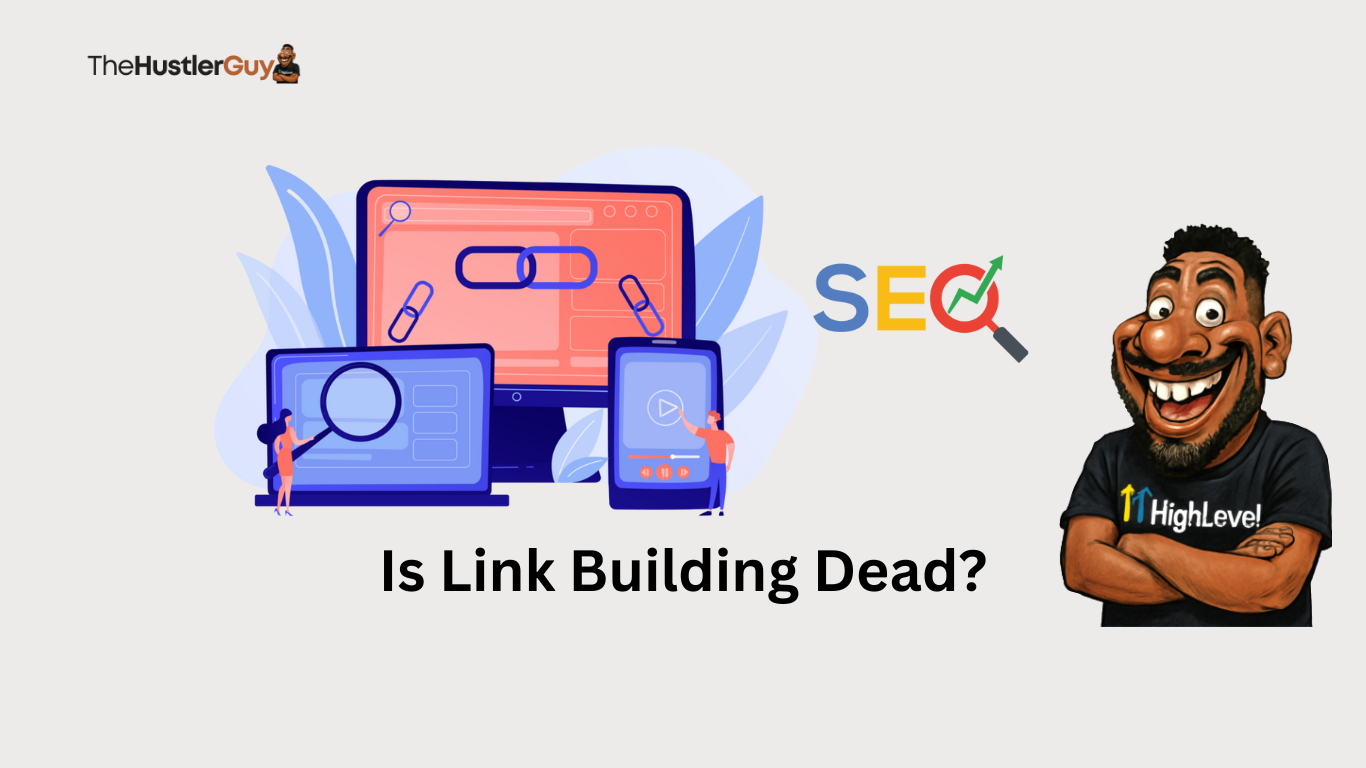I can’t count how many times I’ve heard the question: “Is link building dead?” It appears on LinkedIn, in private messages, on forums, and primarily from bloggers and small website owners who are genuinely trying to determine what’s still effective in SEO.
Honestly, I get it. With Google rolling out updates almost every quarter, it’s easy to feel lost. I’ve been there too, wondering if the strategies that once worked are now outdated.
So, does Google’s constant tinkering with its algorithm affect link building?
Absolutely.
These updates have a huge impact on how links are assessed. They shape the rules of the game, refining what counts as a valuable link and what doesn’t. And over the years, I’ve seen these changes completely reshape how link building works.
Here’s How Google Updates Have Changed Link Building

Quality Over Quantity
Gone are the days of blasting thousands of low-quality links. Google now prioritizes the quality of links over sheer numbers.
Authority & Expertise Matter More
The focus has shifted toward links that come from trustworthy, expert-driven websites, especially in niche areas such as health and finance.
No More Manipulative Schemes
Google is cracking down hard on link schemes and manipulative practices. If it feels unnatural or too easy, it’s probably not helping your site anymore.
Ranking Signals Evolve
What once worked as a strong ranking factor may now have less influence. Google’s system is always evolving, so staying updated is key.
Helpful, Human-Centered Content Wins
The introduction of updates like Helpful Content means Google is prioritizing pages that are written for real people, not just for search engines.
SERPs Are Changing Constantly
With features like featured snippets, AI summaries, and zero-click results, even the way links appear in search results has changed.
With all these changes, it’s no surprise that many people think link building is “dead.” And to be fair, outdated or spammy link tactics are dead.
But here’s the truth I’ve learned from hands-on experience: high-quality, relevant links are still alive and incredibly valuable.
The difference now is that link building takes more strategy, more authenticity, and a deeper understanding of what Google values. If you’re focused on building meaningful connections and earning links naturally from reputable sites, then “NO“, link building isn’t dead at all. It’s just grown up.
This article will help you understand how to build links that are crucial for SEO and improving search engine rankings.
Stay tuned…..
Also Read: 20 SEO Quick Wins for Affiliate Marketing
what is link building in SEO?

In simple terms, link building is the process of getting other websites to link back to yours. I like to think of these links, often as backlinks, as digital votes of confidence. When a reputable website links to your content, it’s like they’re saying, “Hey, this is worth checking out!”
To Google and other search engines, these links are a signal that your site is trustworthy and valuable. And the more high-quality backlinks you have pointing to your pages, the better your chances of ranking higher in search results.
Why Link Building Still Matters in SEO
If you’ve ever wondered why link building is such a big deal in SEO, let me break it down with the benefits I’ve personally experienced over time:
1. It Boosts Your SEO Rankings
Backlinks are one of Google’s top ranking factors. When search engines see your site being linked to by others, especially authoritative sites, they consider your content more credible. This can directly influence where your pages show up in the search results.
2. It Increases Your Visibility
The more backlinks you earn, the more likely your content is to appear in front of people searching for related topics. Link building helps drive targeted traffic to your website, putting your brand or business in front of a wider audience.
3. It Builds Trust and Authority
People naturally trust websites that are frequently referenced by others. When reputable websites link to yours, it signals that you know what you’re talking about. That trust can go a long way in turning readers into customers.
4. It Encourages Organic Growth
Link building can set off a chain reaction. As your content gets shared and referenced, it becomes more visible and earns even more backlinks over time, without you lifting a finger. That’s how organic SEO growth happens.
My Go-To Link Building Tools
Now, while link building can technically be done manually, I’ve found that using the right tools makes the process faster, smarter, and more scalable. Here are some of the tools I rely on, and why:
1. Ahrefs
Ahrefs is my all-in-one SEO toolkit. I use it to find backlink opportunities, analyze competitors’ link profiles, and track the health of my links. Its database is massive, which makes research so much easier.
2. Semrush
Similar to Ahrefs, Semrush helps with backlink analysis and outreach planning. What I love most is its ability to identify toxic links and monitor your link-building progress over time.
3. Majestic
Majestic is great for diving deep into a website’s backlink profile. It gives detailed metrics like Trust Flow and Citation Flow, which help me understand the quality of a link, not just the quantity.
4. BuzzStream
When it comes to outreach and relationship building, BuzzStream is a huge time-saver. It helps me organize contacts, send personalized emails, and track who has responded (or not).
5. Pitchbox
Pitchbox is a bit more advanced, but it’s perfect for scaling outreach campaigns. I use it to find prospects, send automated emails, and manage responses, all in one dashboard.
6. HARO (Help a Reporter Out)
I’ve landed some amazing backlinks using HARO. It connects me with journalists looking for expert quotes. If you respond with useful insights, they might feature you (with a link) in high-authority publications.
7. Hunter.io
Hunter helps me find verified email addresses of people I want to reach out to. No more guessing or hoping the contact form works, I get straight to the decision-maker.
8. BuzzSumo
BuzzSumo is fantastic for content research. I use it to discover trending topics and see who’s linking to similar content. That way, I know who to reach out to when I publish something new.
9. Google (Search Operators)
You’d be surprised how powerful Google search can be when used the right way. I use search operators to find guest posting sites, niche directories, and relevant content to target for links.
10. Moz Link Explorer
Moz’s tool gives a solid overview of a site’s link profile and Domain Authority. It’s great for comparing competitors or checking the value of a backlink before chasing it.
With the right tools and a thoughtful strategy, link building becomes less of a guessing game and more of a system. These tools have helped me find high-quality opportunities, avoid spammy links, and ultimately grow my sites the right way, organically and sustainably.
My Link Building Strategy (Step-by-Step)

Over the years, I’ve tested dozens of link-building tactics; some worked, others flopped. But after refining my process and learning from the best (Brian Dean), here are the strategies I keep going back to because they get results:
1. Adding Value to Other Sites’ Articles
One of the easiest ways I’ve built links is by identifying blog posts or articles where my content could genuinely add value. I’ll reach out to the site owner and explain how linking to my guide or resource would improve the reader’s experience. This isn’t about being pushy, it’s about being helpful. If your content fills a gap or supports their topic, there’s a good chance they’ll link to you.
2. Finding Broken Backlinks and Suggesting Replacements
This one’s a hidden gem. I use tools like Ahrefs or Semrush to find broken links on websites in my niche. Then I reach out to the webmaster, letting them know about the dead link and suggesting my relevant content as a replacement. It’s a win-win; they fix their broken link, and I earn a backlink.
3. Getting Links from Unlinked Brand Mentions
Sometimes, websites mention your name, brand, or content without linking back to you. When I spot these unlinked mentions (usually with the help of tools like BuzzSumo or Google Alerts), I politely reach out and ask them to turn the mention into a clickable link. It works more often than you’d think, especially if the mention is positive.
4. Replicating Competitors’ Backlinks
If a competitor is ranking above me, I want to know why. One thing I do is analyze their backlink profile using tools like Semrush or Ahrefs. Then I look at where their links are coming from and try to land similar ones, if it’s a guest post, a directory listing, or a feature in a roundup. If it worked for them, it might work for me too.
5. Responding to Media Requests
Platforms like HARO (Help a Reporter Out) have been gold for me. I check for media requests in my niche, pitch helpful insights, and in return, get featured (with a backlink) on high-authority sites. The key is to respond quickly and provide real value; they’re more likely to quote you.
6. Using Digital PR to Get Journalists’ Attention
Digital PR is about creating buzz-worthy content like a unique study, trend report, or infographic that journalists naturally want to write about. I once published a data-driven article that got picked up by several blogs because it offered fresh insight. If your content is interesting and newsworthy, the links will follow.
7. Creating Link Bait
This might sound like a trick, but it’s not. Link bait is simply content that’s so useful, entertaining, or unique that people want to link to it. I’ve created detailed guides, tools, and even templates that solve specific problems, and they naturally attract backlinks over time. The trick? Make it better than anything else out there.
8. Collaborating with Partners
If you work with other businesses, clients, or influencers, there’s a great opportunity to exchange links naturally. I’ve built backlinks by co-authoring blog posts, doing expert interviews, or even just being listed as a recommended partner. Just make sure it’s authentic and not a forced link swap.
9. Recovering Lost Backlinks
Backlinks can disappear for all kinds of reasons: pages get deleted, sites get updated, or URLs change. I regularly check for lost links using Semrush and then reach out to the site owner with a fix or updated URL. It’s one of the easiest ways to regain link equity without starting from scratch.
10. Building My Brand
This is the long game, but it’s by far the most powerful. The more I invest in building a personal or business brand, through content, trust, and consistency, the more backlinks I earn naturally. People start referencing my work, quoting my content, and linking to me without me having to ask. That’s when I know my link-building is working.
So… Is Link Building Dead?
Not even close.
Yes, the old-school, spammy tactics are long gone, and good riddance. But real, thoughtful, strategic link building is more alive than ever.
If you’re focused on adding value, building relationships, and creating content people genuinely want to share, link building still works. It’s one of the most powerful ways to grow your online presence sustainably.
FAQs
1. Is link building still relevant in 2025?
Yes! Google still uses backlinks as a major ranking signal. What’s changed is the quality and intent behind the links.
2. How long does it take to see results from link building?
It depends. Some links boost rankings in weeks, while others take a few months. Link building is a long-term game, not an overnight hack.
3. Are all backlinks good for SEO?
No. Low-quality, spammy, or irrelevant backlinks can hurt your site. Focus on links from trustworthy, niche-relevant sites.
4. Do I need to use paid tools to build links?
Not necessarily. While tools like Semrush or Ahrefs can save time and provide deep insights, you can still build links using free methods like Google search operators or manual outreach.
5. Can I build links without guest posting?
Definitely. While guest posts are great, you can also earn links through PR, broken link building, brand mentions, and more, as we’ve covered in this article.


